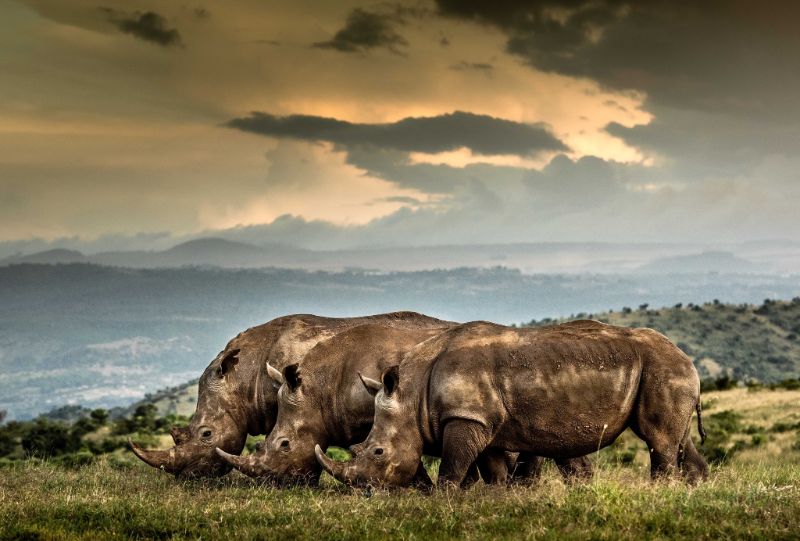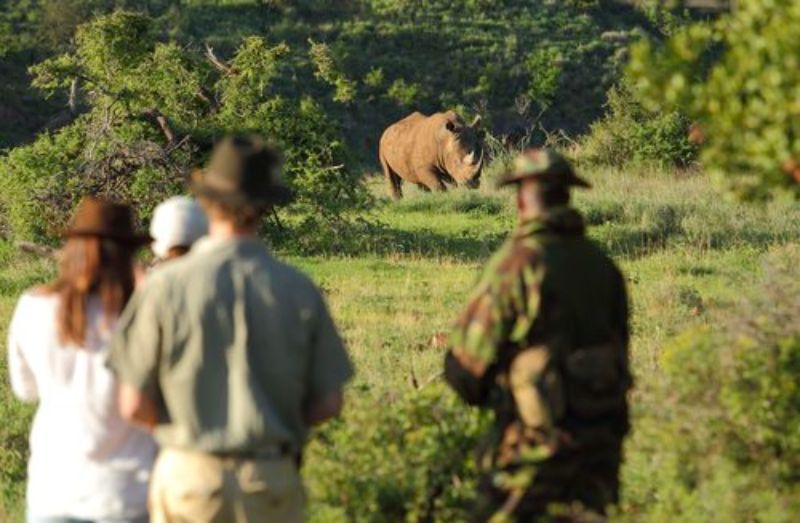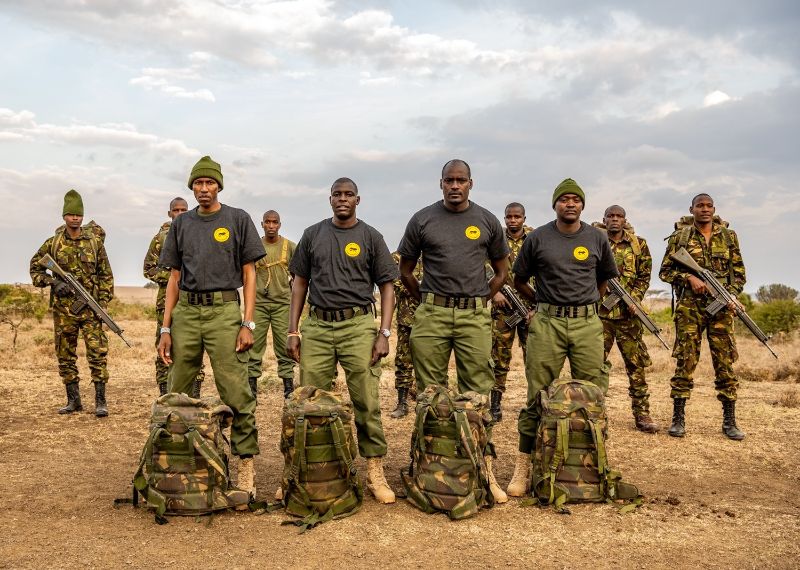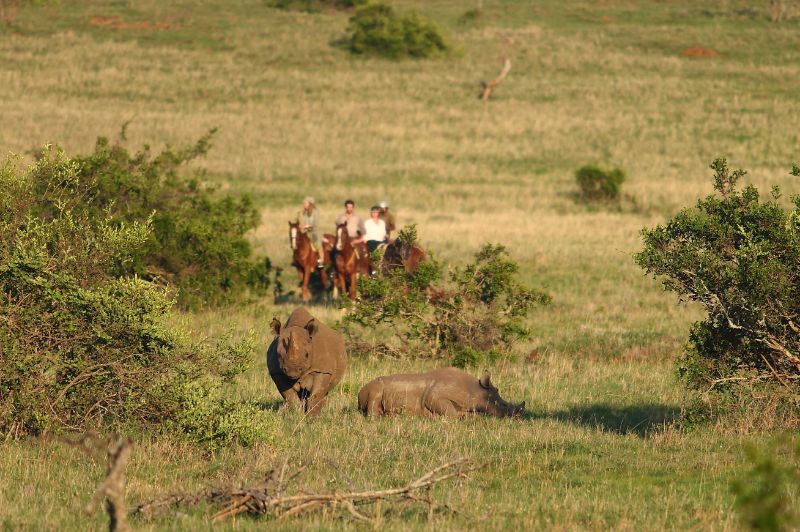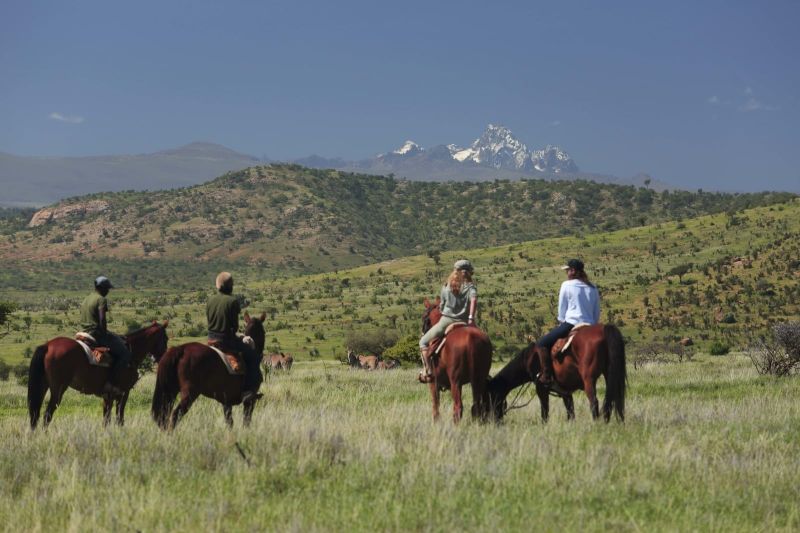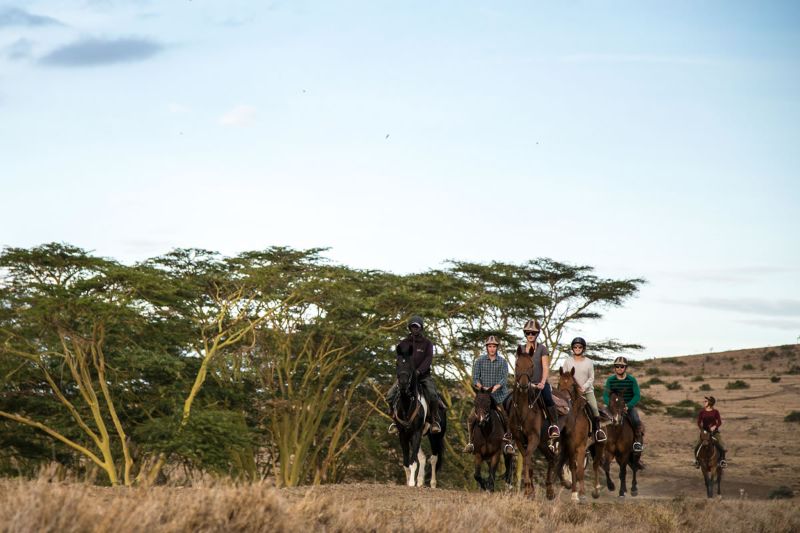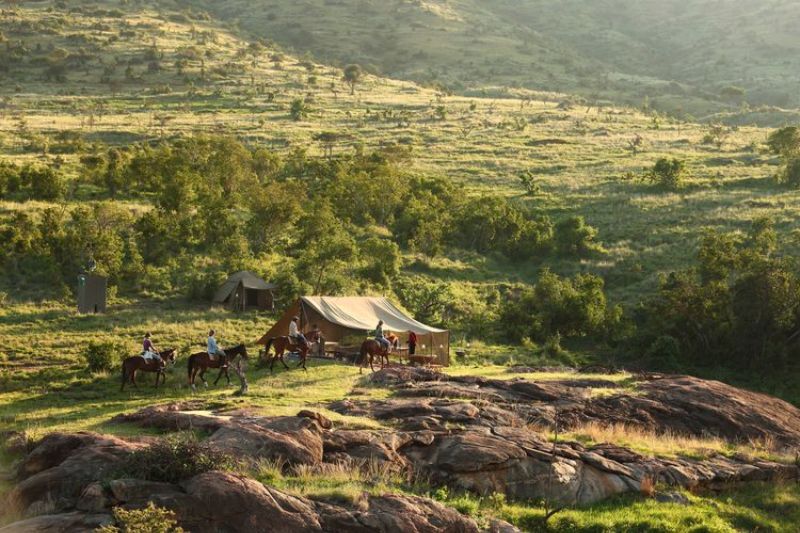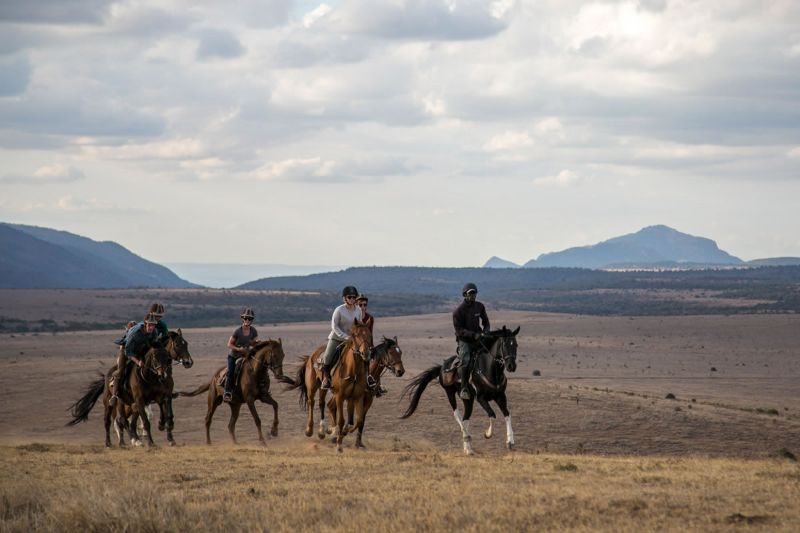Borana has a long history, dating back to 1918 when at the end of the first World Way, Will Powys was sent to what was then British East Africa. Will made a great success of his pioneering enterprise, and over the years brought out some of his neighbours. The land on which the Borana Lodge now stands was brought in 1928. Now his descendants carry on the legacy, starting the Ngare Sergoi Rhino Sanctuary in 1983 and setting the foundations for the Lewa-Borana conservancy.
With their passion, they have created a non-profit conservation organisation dedicated to the sustainable conservation of the wildlife, habitats and local people of the area. The Conservancy is nestled between an arid landscape to the north and ancient indigenous forests to the south. This 32,000-acre area is home to both Black and White Rhino and a wide variety of other endangered species.
In 2013, a founding population of 21 Black Rhino were introduced to Borana Conservancy. Once they were settled and had established their territories, the fence between Borana and neighbouring Lewa Wildlife Conservancy was dropped forming one continuous landscape. This ecosystem, known as the Lewa-Borana Landscape, allows the wildlife free rein over 90,000 acres of intact African wilderness. Together with Lewa, this environment hosts a thriving community of over 250 rhino (both black and white), making this one of East Africa’s largest continuous rhino habitat.



